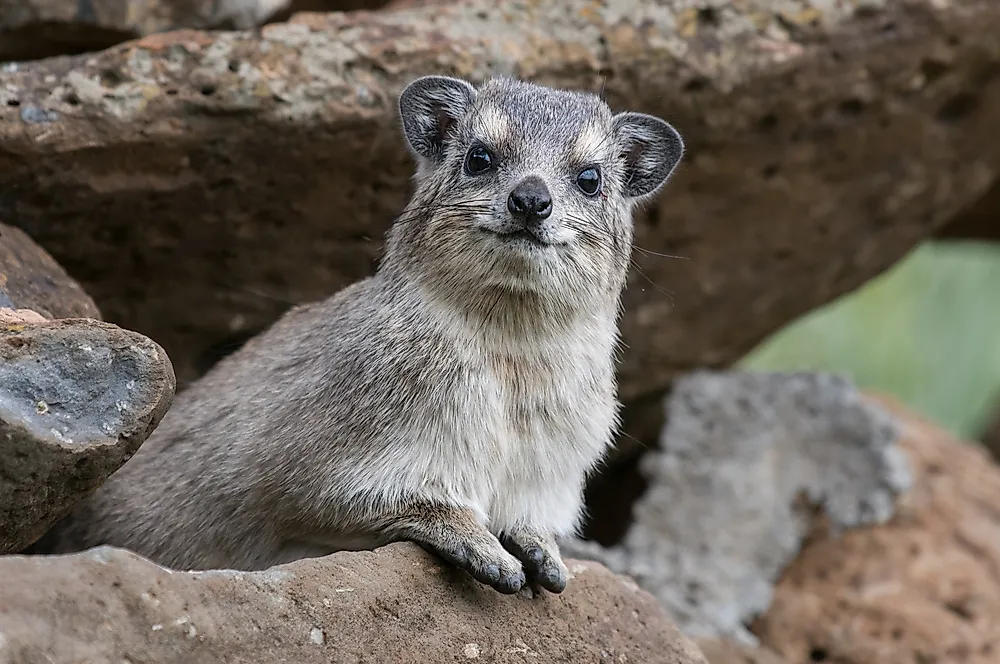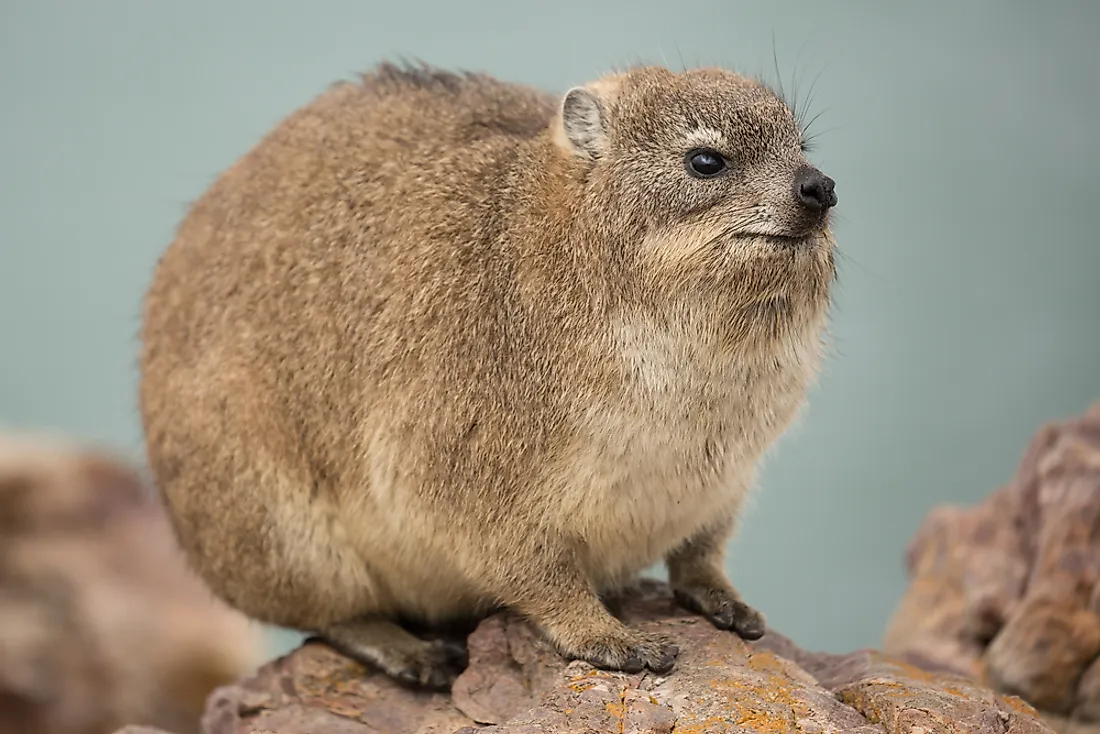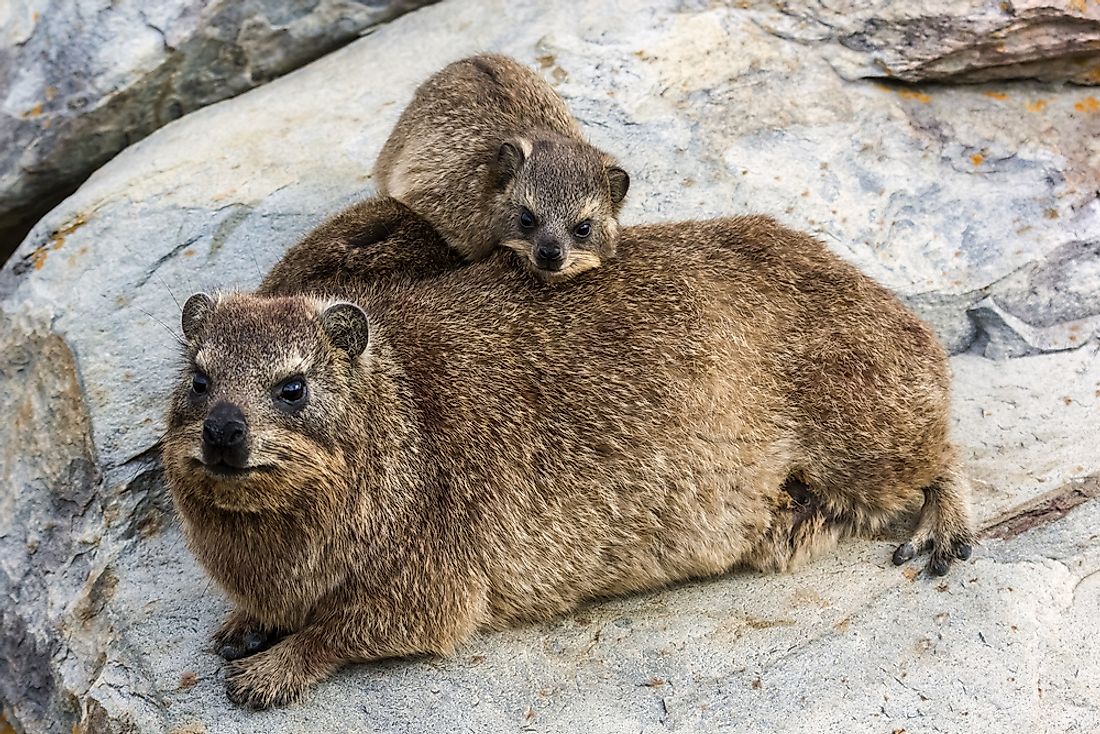Hyrax Facts: Animals of Africa

Africa is famed for its diverse and unique wildlife. Although the “big five” animals are the famous residents (lions, leopards, buffalos, elephants, and rhinos), there are many other animals who, while being secretive and small, are critical to the ecosystem.
One of such animals is the hyrax. Hyrax is a name given to small rodent-like animals under the order of Hyracoidea. While their small stature, as well as diet, resembles that of rodents, scientific studies show that the hyrax is surprisingly related to the elephant and sea cows (manatees and dugongs).
Hyraxes are classified into four distinct species, the Procavia capensis (rock hyrax), Heterohyrax brucei (yellow-spotted rock hyrax), Dendrohyrax arboreaus (southern tree hyrax), and the Dendrohyrax dorsalis (western tree hyrax). Hyraxes, as is the case with all African wild animals, are faced with the increased threat of extinction due to human activities. While human hunting of hyraxes is minimal, the prime threat to their existence is the destruction of their natural habitat by human activity.
4. Behavior
Hyraxes are active during both the daytime and night, and can be seen foraging near pitch darkness, a behavior attributed to their excellent sense of smell as well as excellent hearing. Hyraxes are social animals and live in groups of up to 50 individuals. Such groups are usually headed by a male and a few subordinate males with the female hyraxes being the majority. The territorial male is usually on the lookout while the other members are feeding and will sound an alarm after it detects any threat in the environment. The hyraxes in these groups communicate with one another through a complex variety of sounds.
Animals who prey on hyraxes include leopards, pythons, birds of prey and serval cats. Their primary defensive response is biting and clawing the predator. Hyraxes are rather impressive in their toilet manners as they usually have a defined location used for defecation away from their shelter crevasse. The hyrax reaches sexual maturity at the age of 17 months where females mate with the dominant male. The female hyrax has a gestation period of seven to eight months (which is rather long for an animal of its size) after which it gives birth to a litter of four youngsters who spend the most of their childhood in the safety of the crevasses. After reaching adulthood, male hyraxes are banished from their home territory and spend their solitary lives in the margins of established territories.
3. Habitat and Range

Hyraxes are found all over the continent of Africa as well as the Middle East. However, these small mammals are likely to be found in areas with rocky terrain because the hyraxes do not dig burrows and so look for crevasses in rocks or hollow trees to reside in. They particularly look for crevasses which are small enough to hinder predators from accessing them or their young. When choosing a location to establish a habitat, the biggest factor they take into account is the area’s visibility and temperature. Another reason why hyraxes prefer rocky areas are that hyraxes are fond of basking on rocks where they live so as to control their body temperature. However, hyraxes can be found in many other diverse habitats and can even be found in tundra climates at altitudes of over 14,000 feet above sea level
2. Diet
Hyraxes primarily feed on shrubs, twigs, and grasses with a preference for fruits, shoots, berries, and buds. The animals use their excellent climbing skills to access the fresh and soft parts of trees and bushes. However, hyraxes have been observed feeding on birds’ eggs, lizards, and insects which means the animals can most accurately be classified as omnivores. Mosses and liverworts are usually consumed by hyraxes. Initially, hyraxes were wrongfully considered to be ruminants (animals who chew regurgitated cud) due to their jaw motion while chewing.
However, hyraxes are not ruminants and instead rely on their complex, multi-chambered stomach which has a host of bacteria to break down the fibrous plant matter. Hyraxes use their molar teeth to cut off leaves instead of their incisors which resemble tusks. The hyraxes obtain moisture from the plants they feed on and hence can go extended periods of time without drinking water. While feeding, hyraxes are cautious and will look for threats after every bite if living alone, and if living as a group, an individual will be on the lookout for predators while the others feed.
1. Physical Description

Hyraxes are small animals without tails. They resemble guinea pigs. The animals grow to 28 inches in length and have a maximum weight of 11 pounds. The hyrax’s skin is covered with thick fur and has varied coloration depending on the species. The yellow-spotted rock hyrax’s fur is yellowish brown and has a white patch just above its eyes. The rock hyrax is greyish-brown in color and has no distinct marks on its face.
The hyrax has several physical attributes that differentiate it from rodents and link it to elephants and manatees. The hyrax’s feet have rubber-like moist soles which are crucial in climbing. Hyraxes have three toes on the hind feet and four toes on the front feet. The toes have nails (with the exception of the hind foot’s inner toe which has a claw used for scratching itches) which resemble hoofs unlike the usual long, claw-like nails found in rodents. The dental characteristics of the hyrax are also close to that of elephants with elongated incisors which resemble tusks found in manatees and elephants. These tusk-like teeth are more prominent in male hyraxes than in females.











